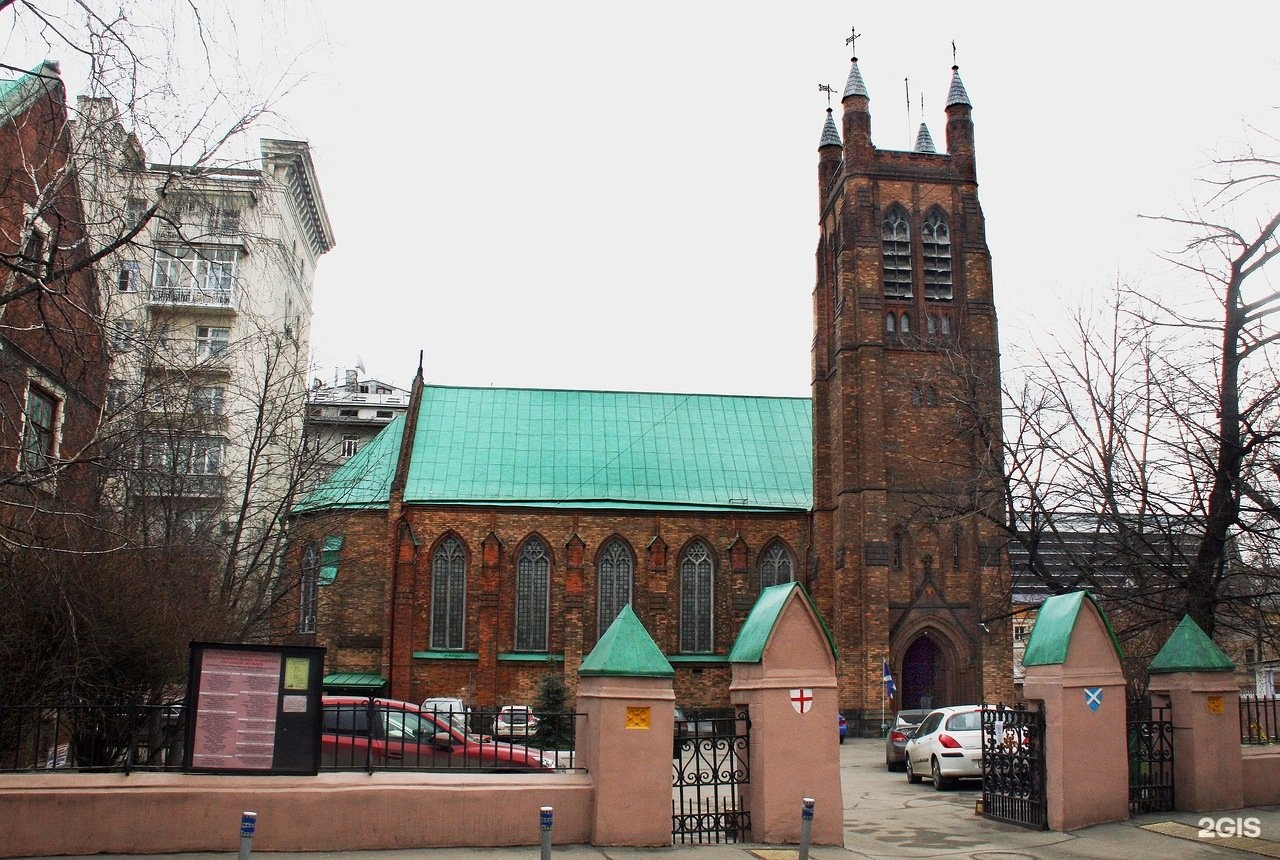World's Major Religions
Muslims believe that Islam is the complete and universal version of a primordial faith that was revealed many times before through prophets including Adam, Abraham, Moses and Jesus.[9][10][11] Muslims consider the Quran to be the unaltered and final revelation of God.[12] Like other Abrahamic religions, Islam also teaches a final judgment with the righteous rewarded paradise and unrighteous punished in hell.[13][14] Religious concepts and practices include the Five Pillars of Islam, which are obligatory acts of worship, and following Islamic law (sharia), which touches on virtually every aspect of life and society, from banking and welfare to women and the environment.[15][16] The cities of Mecca, Medina and Jerusalem are home to the three holiest sites in Islam.[17]
Judaism
The main holidays
The history of Judaism
The holy book
подтема
Places of worship
Jewish beliefs
Christianity
The holy book
10 things you didn't know about The Bible
The history of Christianity
Holidays
The most important Christian holiday is Easter, a spring holiday that celebrates Christ's resurrection from the dead.
Another holiday that has become important is Christmas, which commemorates the birth of Jesus on December 25 (January 6 in Orthodox Churches).
Place of worship
Place of worship

Orthodox Church inside


Anglican Church


Catholic Church

Aside from the theological viewpoint,[18][19][20] Islam is historically believed to have originated in the early 7th century CE in Mecca,[21] and by the 8th century the Umayyad Islamic caliphate extended from Iberia in the west to the Indus River in the east. The Islamic Golden Age refers to the period traditionally dated from the 8th century to the 13th century, during the Abbasid Caliphate, when much of the historically Muslim world was experiencing a scientific, economic and cultural flourishing.[22][23][24] The expansion of the Muslim world involved various caliphates and empires, traders and conversion to Islam by missionary activities (dawah).[25]
Ислам (/ˈɪslɑːm/)[note 1] is an Abrahamic monotheistic religion which teaches that there is only one God (Allah),[1] and that Muhammad is the messenger of God.[2][3] It is the world's second-largest религии[4] and with over 1.8 billion followers or 24.1% of the world's population,[5] most commonly known as Muslims.[6] Muslims make up a majority of the population in 50 countries.[4] Islam teaches that God is merciful, all-powerful, уникальный[7] and has guided humankind through prophets, взят в scriptures and natural signs.[3][8] The primary scriptures of Islam are the Quran, viewed by Muslims as the verbatim word of God, and the teachings and не видел example (called the sunnah, composed of accounts called жил) of Muhammad (c. 570-8 June 632).
Islam
Hinduism
Place of worship
The Hindu Belief System: Dharma, Karma, and Moksha
History of Hinduism
The main Holidays
The Holy Book
6 MAJOR BUDDHISM HOLIDAYS

Buddhism
WHAT IS BUDDHISM?
HISTORY OF BUDDHISM
BUDDHISM TEMPLES
KEY BUDDHIST CONCEPTS
BUDDHISM TEMPLES
Subtopic
KEY BUDDHIST CONCEPTS
Uposatha
